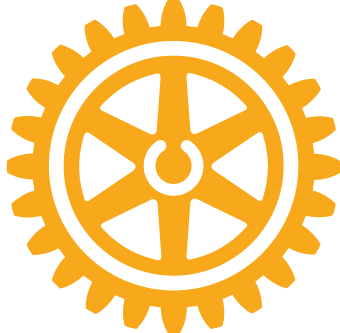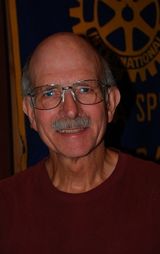Photography provided by Al Myatt
Pagosa’s junior scientists recently met at the Middle School to present their research projects. Students who chose the Middle School Science Fair as an elective, started by selecting a topic and a hypothesis. They then designed experiments to test the hypothesis, and analyzed the results to determine whether the hypothesis was correct.
All research projects were judged by three scientists. With so many excellent projects, the competition was fierce. First place went to Jonathan Nasralla for his research on the possibility of using a Fresnel Lens to generate electricity from the sun’s rays. Jonathan’s Fresnel Lens, dubbed the “Solar Death Ray”, was so powerful that it melted a metal can using only energy from the sun. Like most great experiments, initial attempts failed. In Jonathan’s case, the high temperature steam generated by his Frensel Lens melted the plastic turbine that was supposed to generate electricity. Also, like most great research, initial experiments showed what needed to be done next!
Second place went to Skylar Sherman for her study of the effects of caffeine and coffee on plant growth. The goal of this research was to enhance plant growth as a possible means of solving the world food shortage. Third place went to Andrew Bowles, who explored the relationship between the weight of an airplane and the power required to fly the airplane. Related studies have shown the benefits of replacing aluminum with carbon fiber in airplanes, and they have led to increased baggage fees charged by the airlines.
All science fair students are encouraged to present their research at the Regional Science Fair in Durango on Thursday March 1. Winners in Durango may have the opportunity to present at the state competition in Denver.
All research projects were judged by three scientists. With so many excellent projects, the competition was fierce. First place went to Jonathan Nasralla for his research on the possibility of using a Fresnel Lens to generate electricity from the sun’s rays. Jonathan’s Fresnel Lens, dubbed the “Solar Death Ray”, was so powerful that it melted a metal can using only energy from the sun. Like most great experiments, initial attempts failed. In Jonathan’s case, the high temperature steam generated by his Frensel Lens melted the plastic turbine that was supposed to generate electricity. Also, like most great research, initial experiments showed what needed to be done next!
Second place went to Skylar Sherman for her study of the effects of caffeine and coffee on plant growth. The goal of this research was to enhance plant growth as a possible means of solving the world food shortage. Third place went to Andrew Bowles, who explored the relationship between the weight of an airplane and the power required to fly the airplane. Related studies have shown the benefits of replacing aluminum with carbon fiber in airplanes, and they have led to increased baggage fees charged by the airlines.
All science fair students are encouraged to present their research at the Regional Science Fair in Durango on Thursday March 1. Winners in Durango may have the opportunity to present at the state competition in Denver.
Photography provided by Al Myatt
The reasons students chose the science fair elective were diverse. Mrs. Hentschel said, “Science Fair is different from other classes because students are expected to lead, to choose their projects, to do the research, and to present it”. Most students said that science fair is “Hard” but “Fun”. Ridge Wilson said, “I wanted to research something that can change people’s lives, and memory is really important”. Hannah Girardin said, “Definitely learn to manage your time”. Nell Taylor said, “I like to conduct experiments to learn why things are as they are”. Most plan to enroll in Science Fair next year.
Many members of our community contributed to the success of this science fair. At the center of the effort are Middle School science teachers Kristin Hentschel and Tiffany Candelaria. Many parents used science fair as an opportunity to work with their children. Finally, there are the judges who had the difficult task of selecting winners. Judges include Nancy Crouse (Mathematics), Mike Leitch (Nuclear Physics), Jean Smith (Analytical Chemistry), Tim Taylor (Biochemistry), Gwen Taylor (Biochemistry), Roger Organ (Chemical Engineering), Bob Endres (Biochemistry), Matt Ford (Chemical Engineering) and Ric Santopietro (Electrical Engineering). Lisa Scott and Larry McClintock were score keepers. The Rotary Club of Pagosa Springs funded awards for 1st Place ($100), 2nd Place ($75) and 3rd Place ($50).
This group of judges belongs to the generation of scientists who gave us compact, high speed computers, the sequence of human DNA and man walking on the moon. These young scientists belong to a generation that is likely to be even more successful. We can only wonder what their great achievements will be. We wish them success.
 Pagosa Springs Rotary Club
Pagosa Springs Rotary Club